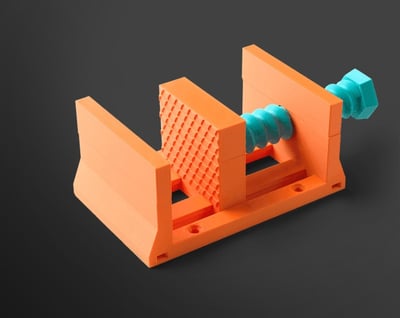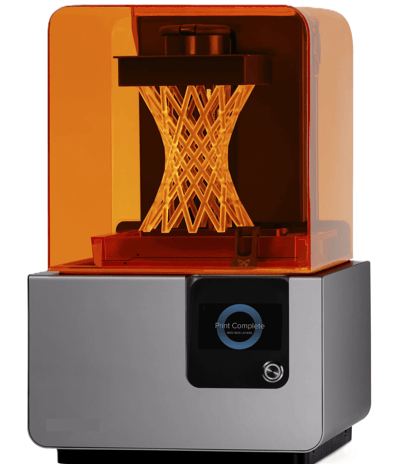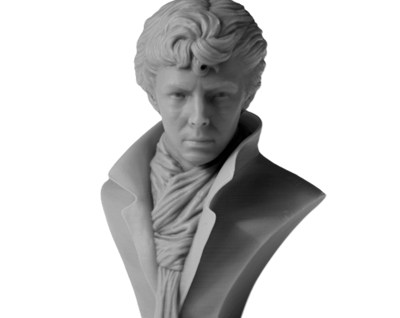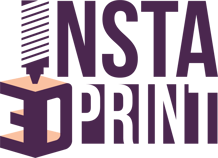FDM
FDM stands for fused deposition modeling. This printing technique involves building a part or prototype layer by layer using plastic filaments that are extruded from a nozzle. The range of designs is quite versatile; you can use FDM to print complex geometries as well as simple housings and fixtures.




SLA
Stereolithography or SLA 3D printing is the most common resin 3D printing process. It has become very popular over the years due to its ability to produce highly accurate and watertight prototypes and end-use parts in a range of materials with fine features and smooth surfaces.






Gallery
Explore our diverse 3D printing solutions and exceptional results.




